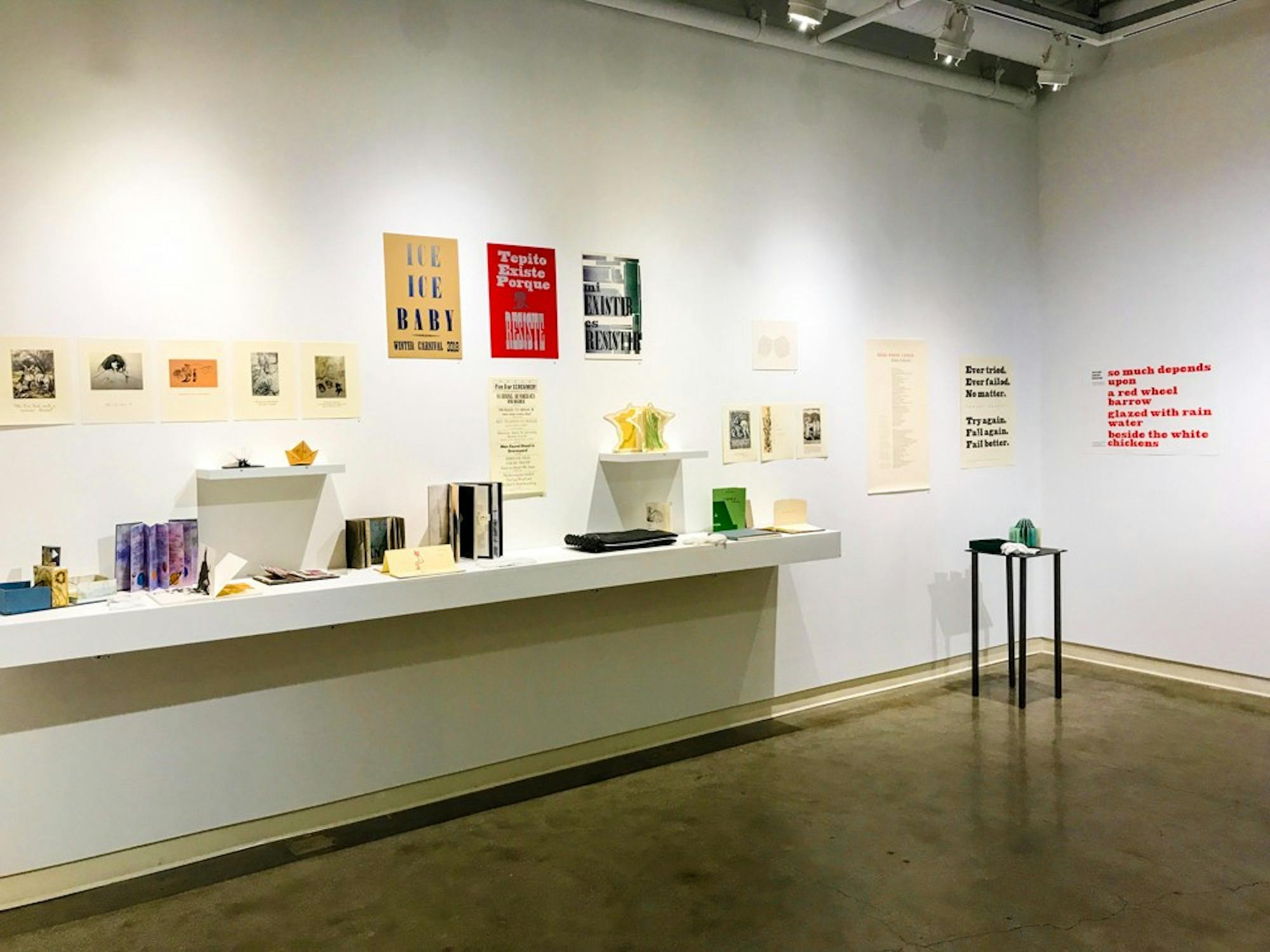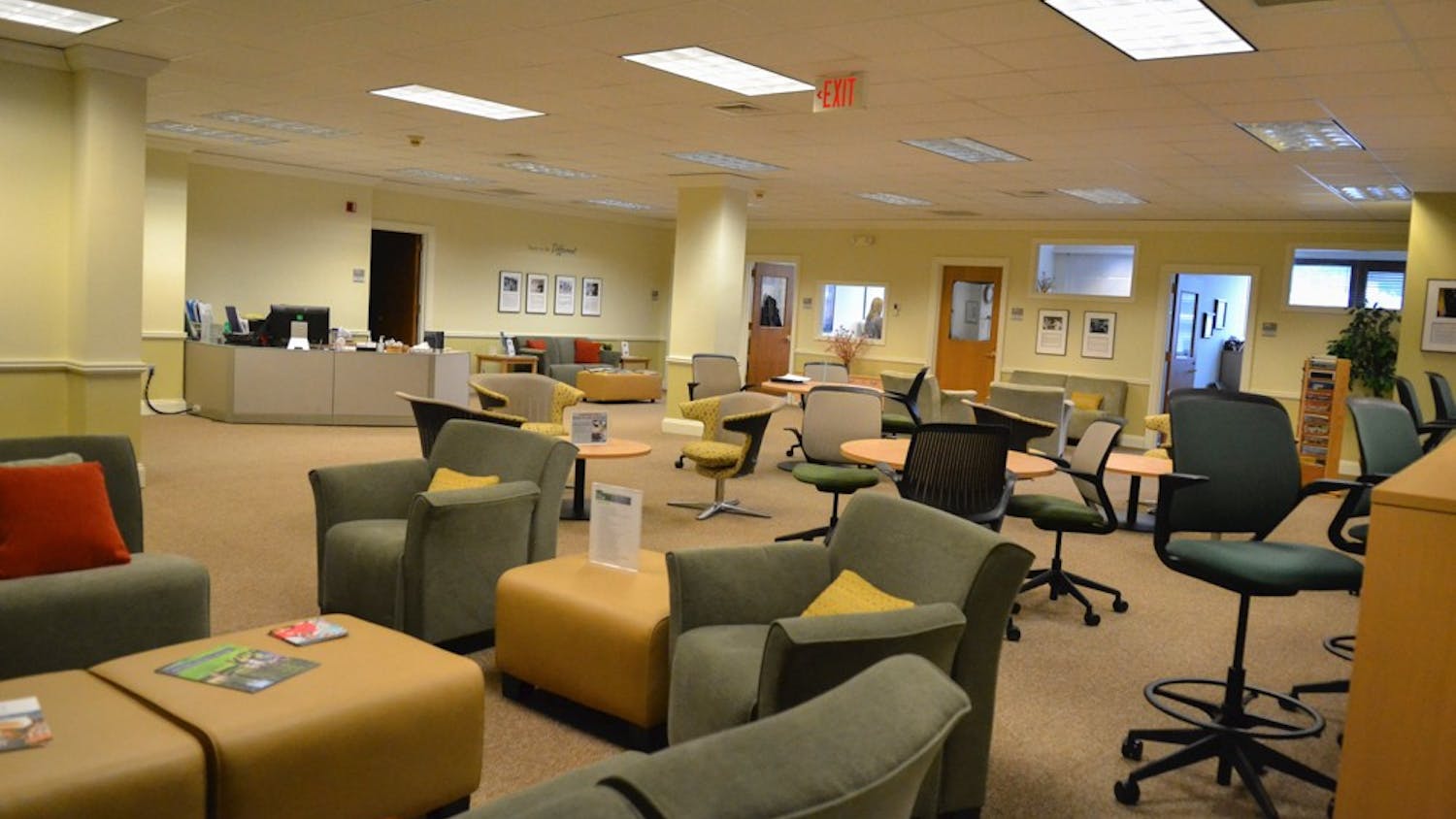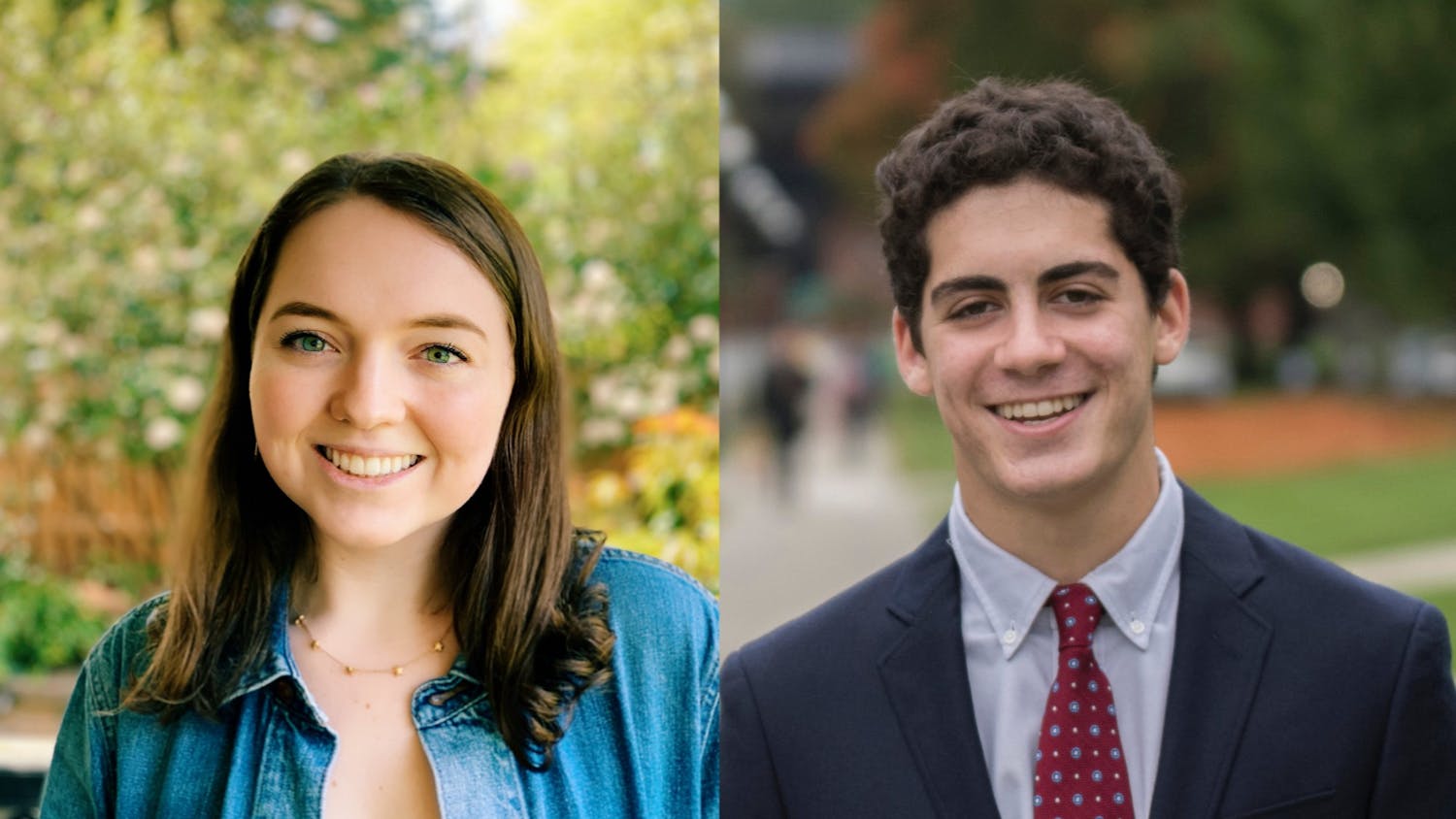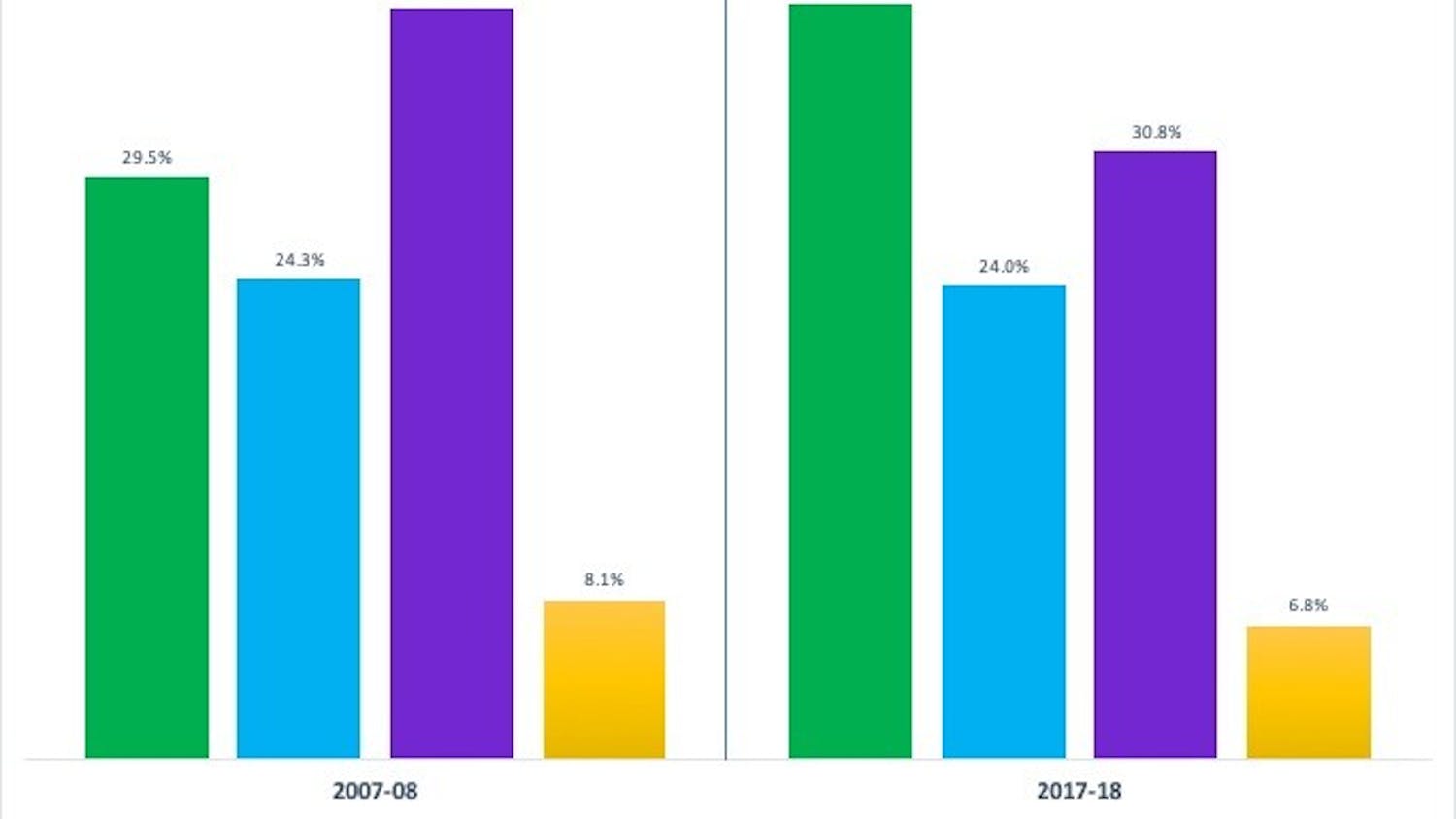Radio plays, at-home workshops and smartphone recordings of theater scenes are just some of the many adaptations Dartmouth community members are employing to maintain arts education despite the challenges imposed by COVID-19. Technology has proved critical in these plans, allowing students to learn, perform and rehearse together across time zones.
In addition to digital tools, studio art department chair Enrico Riley ’95 said plans are being made for the fall to lower the number of students within a given studio on campus. He said appropriate social distancing in studios will be encouraged through tape markings on the floor and the use of “some partitions.”
According to theater professor Peter Hackett ’75, Dartmouth has not released specific plans regarding a cappella and theater performance groups, and on-campus productions appear unlikely to occur in the fall.
“Theater is an interactive exercise,” Hackett said. “How could you perform the play, maintain social distance and wear masks? How many people could you let in to watch the performance?”
Tatum Teodori ’22, a dual engineering and studio art major, who is taking both a drawing and a painting class online this summer, said her professor, Ginger Levant, does her best to display her setup and demonstrate techniques using a camera. Still, Teodori said she misses the access of the studio, where students can find “random things” to utilize in their art-making process.
According to Riley, even students on campus in the fall — or in the subsequent terms which involve hybrid learning — will not have access to more materials than their peers at home.
“We are required to teach the classes on an even playing field with regards to those in residence and those remote,” Riley said. “Campus residents will not have any additional or extra materials or devices or technology that the students who are taking remote classes [don’t] have access to.”
Though Riley said withholding materials or sidelining existing resources can be “frustrating,” it is in the name of greater equity for students who cannot access studios alongside their Hanover peers.
Teaching art digitally involves a change in the fundamental language of art, according to Riley, who has served in administrative roles for the past months but plans to teach in the fall. He said many art professors teach perceptually, looking at still life setups or painting from a model. He said art, when mediated by a camera, is a “totally different way of perceiving space.”
Yet, Riley also noted that artists today have an “expanded idea” of what artmaking is.
“The hard part is the fundamentals of the language are having to be shifted, and the common language of perception is changing,” Riley said. “We just have to work a little bit harder to explain those differences, but I wouldn’t say it is all negative.”
For Hackett, old tactics of radio are proving key in contemporary times. Over the past year, he said he has used a grant from the Leslie Center for the Humanities to take an Ödön von Horváth play entitled “Faith, Hope, and Charity” about depression-era Vienna and adapt it to the story of the Bonus Army unrest of 1932 Washington D.C. Hackett said during the unrest, almost 20,000 veterans descended upon the nation’s capital to demand pay for their military service, prompting a violent government backlash.
“Radio plays were quite common in the early and mid twentieth century,” Hackett said. “With the increase of digital opportunities and companies like Audible, the style has made a comeback.”
Hackett said he held the first production meeting for the radio play a few days ago, and will send out recording equipment to students involved. The end goal is a five-day serial radio play, which will be broadcasted on WDCR, the College’s student-run radio station, before the November 2020 elections. Hackett said radio plays present unique challenges, including providing student access to appropriate technology and ensuring visual cues find their way to listeners’ ears.
“You have to take visual messages and find a way to write it so that all of the visual things which are lost are picked up by sound or the dialogue,” Hackett said.
Hackett, who has directed productions on campus, said acting can be difficult on Zoom because one cannot relate to the other person as well through a camera.
“In radio you are removing the visual part and forcing the listener to use their imagination to create the world they don’t see,” he said. “It is really quite fun.”
Though learning to act may prove difficult over Zoom, Hackett said his wife and fellow theater professor Carol Dunne found ways to keep students engaged in THEA 10.32, “Acting for Musical Theater.” Hackett said Dunne provided tripods to her students, allowing them to record musical numbers on their phones and submit them for review.
“The acting and singing exercises became videos which students could make,” Hackett said. “One was a student in their garage, and they were packing their car to leave a relationship and singing while they were doing it.”
Hackett said the musical accompaniment was provided for students by the pianist who usually works with the class, allowing much of the work from a typical class on campus to be “translated” by the use of tripods and a simple video camera.
In addition to class adaptations, extracurricular opportunities in the arts are being modified to meet the challenges of COVID-19. According to an email from Donald Claflin Jewelry Studio director Jeffrey Georgantes, studios are still awaiting guidance about occupancy and safety regarding potential gathering in the fall.
This summer, Georgantes wrote that the studios have introduced a pilot program called Sophomore Summer Make-it-at-Home.
“We designed a number of projects that can be made from a kitchen table or desk, opened registration to all Dartmouth students and have mailed participants not just the necessary materials, but also the necessary tools,” he wrote. Georgantes added that instruction is provided over Zoom or Youtube, with a majority of cost covered by “donated funds.”
Georgantes wrote that the program, which costs ten dollars to participate, has been “extremely popular,” with slots filling up in just days. Georgantes, a jewelry and metals instructor in the studio, wrote that the Dartmouth Student Workshops were started in the 1940s at the end of World War II as a way for returning soldiers to reacclimate into society.
“We don’t know how to prove it, but we believe the program is one of the first and longest running ‘maker spaces’ in an academic setting,” he wrote.
He described the student workshops as an “integral component” of the College culture, providing students a break from the rigors of class work, time with friends and an opportunity to “explore creativity.”
Echoing other members of the arts community, Georgantes wrote that there is “no doubt” that these are challenging times for everyone with lots of uncertainty and unexpected changes, and that the studios are striving to continue the good work for Dartmouth students which has gone on for the last sixty years.




